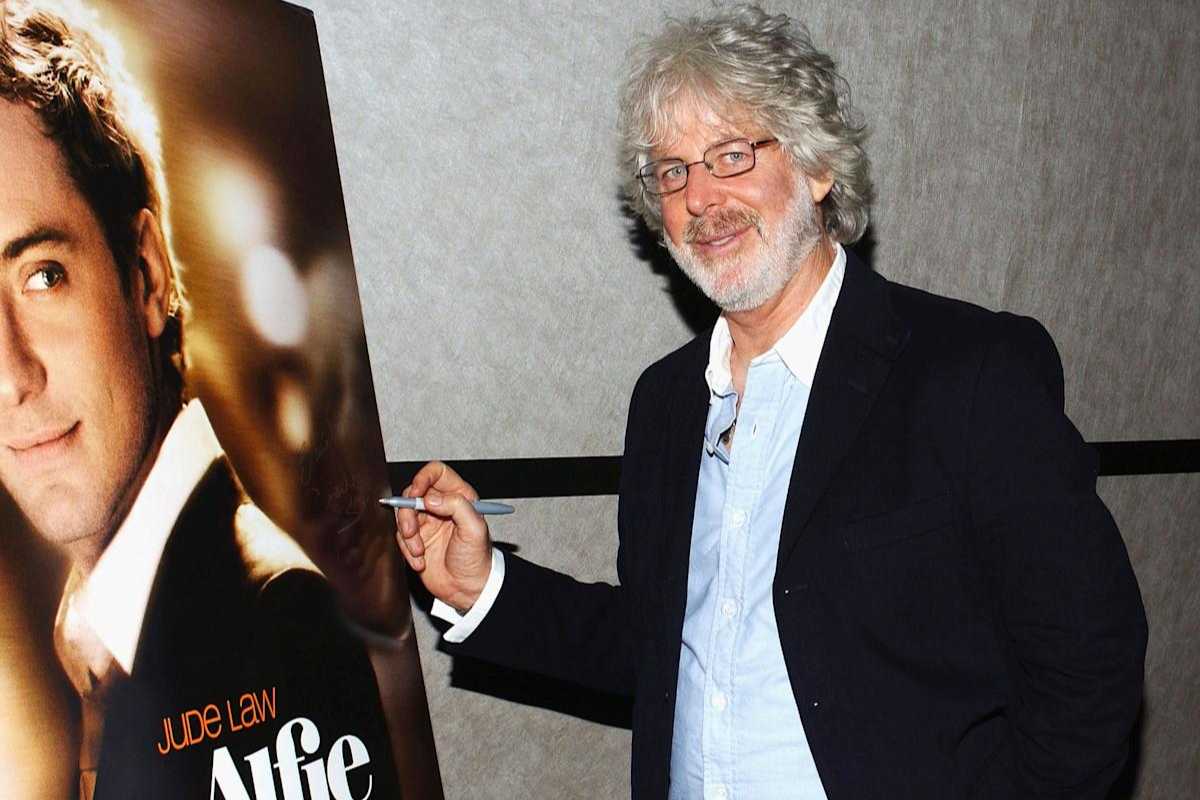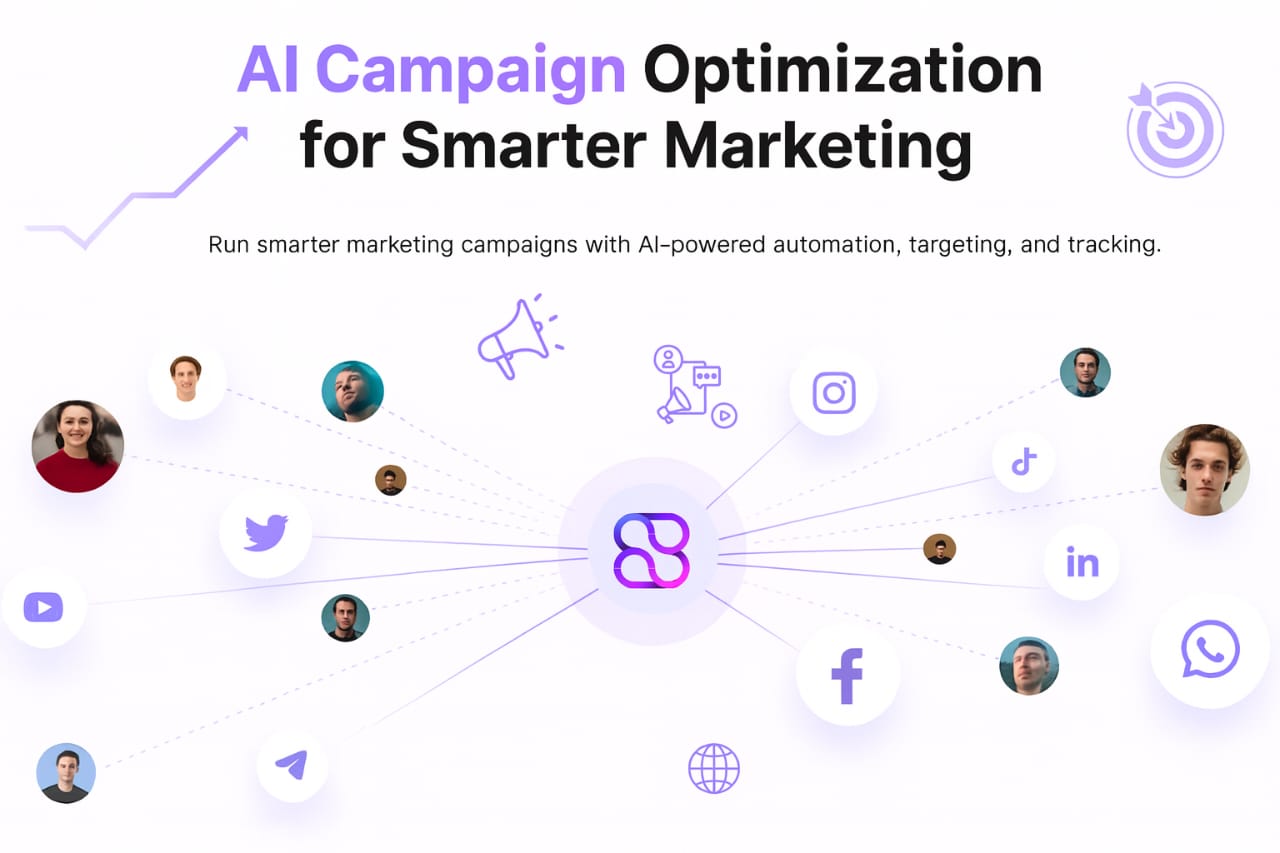PR in 2025 isn’t what it used to be. Brands are using AI to pitch faster, write smarter, and monitor what people say about them in real time. But here’s the catch: none of that matters if your story doesn’t resonate with real humans. AI is the assistant, not the author and the brands that strike that balance is winning. That’s where Snerk PR steps in. They blend data with storytelling that actually makes people care.
So, What’s Going on With PR Lately?
You used to need a Rolodex, a good hook, and maybe a martini lunch to land a headline. These days? You need algorithms, media databases, and enough charm to stand out in a sea of pitches generated by AI.
The whole game has shifted. Journalists are swamped. Brands are scrambling to sound fresh. And AI is stepping in to speed up everything from outreach to writing to data crunching.
But faster isn’t always better. The truth is that people still connect with people. Not stiff, formulaic pitches. Not auto-generated fluff. That’s why smart brands are asking, “How do we keep up with the tech while still sounding like ourselves?”
Short answer? Work with folks who don’t just know how to use AI but know when to ignore it. Snerk PR falls into that rare camp.
What’s Changed Since 2020?
Let’s start with the numbers.
According to PRWeek’s 2024 survey, 64% of PR pros now use AI tools for media monitoring and campaign planning. Over at HubSpot, a 2024 report showed more than 70% of marketers use at least one AI tool at work.
AI tools like Muck Rack, Propel, and even ChatGPT are writing pitches, tracking journalist beats, and identifying media opportunities that used to take hours of grunt work.
And yes, it works. Pitch open rates are getting smarter. Sentiment analysis is more accurate. Press cycles are shorter. Everyone’s moving faster. But if your content reads like a chatbot, no one’s listening.
Even as the tech improves, the expectations have evolved. Brands are now expected to respond in near real time while still delivering messaging that feels personal and emotionally intelligent. That’s a tall order, even for AI.
Media Outreach: Quicker, yes. Better? Depends.
There’s no denying AI has made media outreach less of a slog. Instead of scanning LinkedIn and building media lists manually, platforms now tell you who’s writing about your niche and when they’re likely to open your pitch.
But just because AI makes something easier doesn’t mean it makes it good.
I once used an AI template to pitch a podcast host. It hit every keyword. Had the right subject line length. Even personalized the intro, except it called him “Julie” instead of “James.” Twice. I never heard back.
Lesson learned: AI helps, but it doesn’t replace basic human awareness. Snerk’s approach? Use AI to find the right person, then pitch them like one.
Good outreach still hinges on timing, tone, and relevance—things AI can’t always get right. Sometimes it’s the quirky reference or timely pop culture nod that gets the reply, not the SEO-perfect intro.
Journalist Relationships Still Matter
Journalists can smell automation from a mile away. They’re getting hundreds of pitches a day, and the ones that stand out usually aren’t the most polished—they’re the most real.
That’s the edge human-first agencies still have. They build actual relationships. They follow up with a thoughtful note, not a triggered sequence. They know that sometimes a GIF does more than three paragraphs of keyword-stuffed copy.
Snerk PR plays the long game here. They use AI for insight, not impersonation. And that’s why their pitches don’t just land; they stick.
More importantly, these relationships help brands stay relevant even when they’re not launching a new product or making headlines. Consistency builds credibility.
AI Can Write. But can it write you?
Let’s talk content.
Sure, AI can write press releases. And emails. And headlines. And yes, you can ask it to “make it funnier” or “more confident” or “less robotic.”
But there’s a reason so many AI-written pieces feel forgettable.
You’ve probably read one before. It says all the right things. It’s formatted correctly. And it leaves you with absolutely no memory of what you just read.
That’s where Snerk PR stands out. They use AI to sketch the rough idea, but then they run it through real writers who know voice, tone, and how to entertain people. Their slogan says it best: “We have words.” And they mean it.
The best PR copy has rhythm, humor, friction, and even a little attitude. That kind of nuance doesn’t come from a machine. It comes from humans who’ve spent years studying how words move people.
So, how can brands keep up?
The good news? You don’t need to be a tech wizard or start learning machine learning on the weekends.
Here’s what helps:
- Use AI tools to spot trends, build media lists, and outline first drafts
- Don’t let them write everything, especially not the heart of your message.
- Check every pitch with your human brain before hitting send.
- Stick to real stories, relatable angles, and humor when it feels right.
Snerk PR doesn’t try to automate authenticity. They use AI to cut down the boring stuff and spend more time crafting ideas that connect. From bold earned media placements to wild, unorthodox paid campaigns, they know how to keep things fresh without losing the plot.
And yes, it’s okay to let AI do the heavy lifting; just make sure it’s lifting the right things.
Conclusion
AI is here. That’s a fact. But so is noise. And the brands that are standing out in 2025 aren’t the ones yelling louder; they’re the ones that still know how to tell a good story.
Snerk PR gets that. They use the best PR tools for brands to work smarter, but they still bring human instinct, strategy, and a little bit of edge to everything they do. Because sounding unmistakably human might just be your biggest competitive edge now that AI is quietly taking over.
If you’re tired of sounding like everyone else, maybe it’s time to get weird in a good way.
Author Bio
Harry Maugans is the CEO of Snerk Media, a PR agency built for brands with something to say and the guts to say it loud. Known for helping brands stand out without selling out, he combines analytical insight with compelling storytelling to spark attention and action. When not in the thick of media strategy, Harry indulges his love for the ocean as a passionate beach aficionado.
NEXT: The Ethical Implications of Using AI as a Decision-Making Partner










